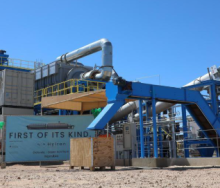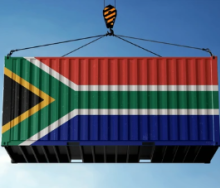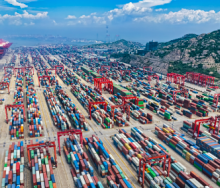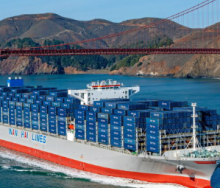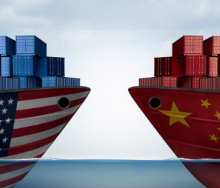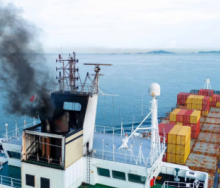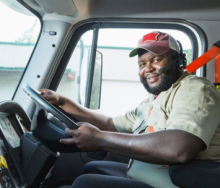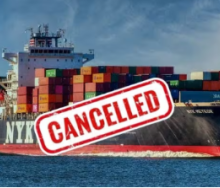With the need for near-shoring rising because of globalisation slowing down as trade stresses rise across the world, businesses would do well to follow the example of South Africa’s automotive sector, says Willem Bekker, a supply chain solutions manager at a prominent company.
According to Bekker, “South African automotive manufacturers have been implementing local sourcing strategies for years – well before the war in Ukraine or even the pandemic”.
He said this had been driven by the automotive industry incentive programmes put in place by the Department of Trade, Industry, and Competition (dtic), specifically the Automotive Production and Development Programme (APDP), called APDP 2 in its current form.
“In order to qualify for the significant incentives offered by this programme, which is reviewed every few years, the locally based automotive original equipment manufacturers (OEMs) have had to implement increasingly high targets for sourcing locally produced content for manufacturing.
“This means that when it comes to local sourcing, our motor industry is in a far better position than other countries.”
Its major impact, with its strong focus on localisation, is that it starts to create an entire value stream of locally manufactured goods and services linked to the automotive industry.
Newer versions of the policy stress activities outside of the direct manufacturing operations, such as second- and third-tier component suppliers, service provision, distribution and logistics systems and infrastructure.
Bekker also points out that because South Africa is geographically isolated from major economic hubs, the cost of moving goods to the country from Europe or the US is far higher than moving goods within the US or Europe.
“This means that localisation has a significant logistics cost benefit, while also allowing far more flexibility in the supply chain through not being dependent on long global shipping lead times.”
Port and border congestion, which remains a threat to supply chains, further strengthens the case for localisation.
A report released by Business Unity South Africa (Busa) last month indicated that massive delays persisted on the busiest trade lanes, with an average of 17.5 days' worth of delays on a full rotation between North-West Europe and the Far East.
The report stated that the continued spread of Covid-19’s Omicron variant, the ongoing effects of the war in Ukraine, as well as other constraints had pushed cargo volumes in South Africa to their second-lowest level in the past 12 months, despite freight rates remaining astronomically high.
According to Bekker, it is essential that clients are provided visibility into their supply chains through visualisation and tracking tools.
A May 2022 white paper by the World Economic Forum indicates there is growing demand for cross-border regional integration in southern Africa, with South Africa’s ports and borders playing a significant role.
South Africa has been proactive in this regard, introducing electronic supporting documents, a mobile application tool that allows inspection results to be captured, and a web-based platform for end-to-end processing of customs clearances.
The effect has been a reduction in the time needed for physical inspections from eight hours to two on average, a simplification of real-time customs declarations to as little as seven seconds, and halving the number of days to import goods.
Cargo scanners and electronic cargo tracking systems have also now made it possible to monitor goods in transit in real-time.
The shifts occurring are all about building resilience, Bekker says. The traditional Just-in-Time model has become one that emphasises Just-in-Case as supply chains are redefined.
“You have to consider first-tier suppliers’ exposure to the risks you are trying to avoid. This works best by strong collaboration throughout the supply chain, building long-term relationships and partnerships with key suppliers, and jointly understanding the macro-level benefits of realising a successful localisation strategy.”
Bekker says the localisation focus is likely to carry on as long as South Africa continues to assist in the development of a globally competitive motor industry.



